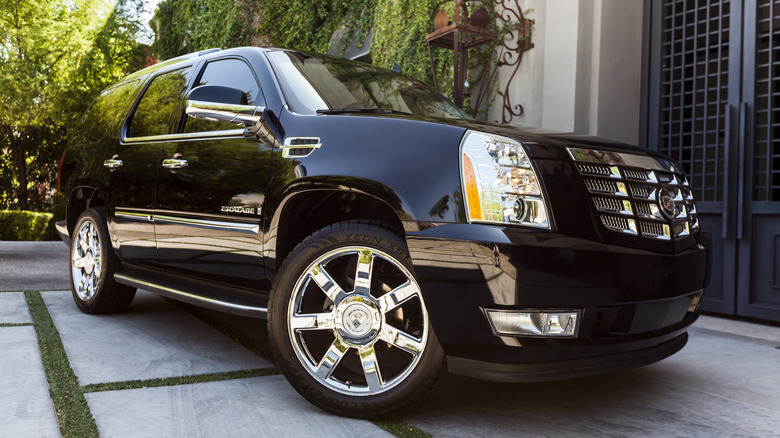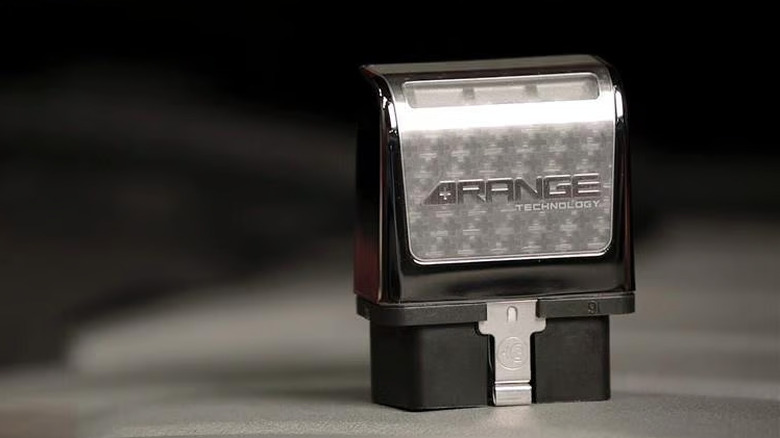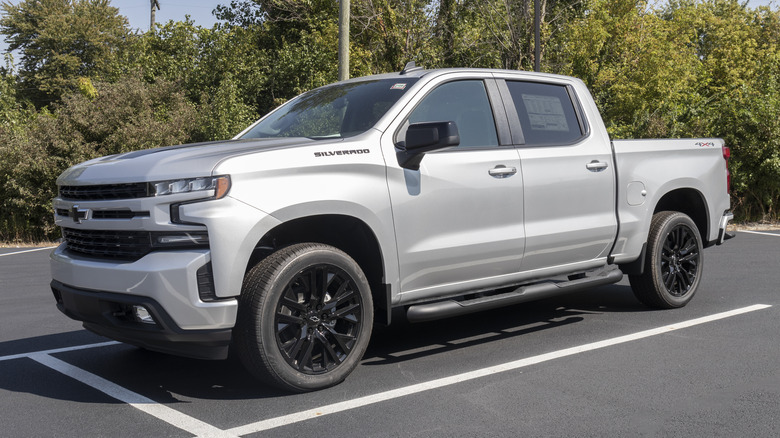What Does An AFM Disabler Do And Does It Cause Engine Problems?
General Motors's Active Fuel Management (AFM) technology utilizes hydraulic valves, solenoids, and advanced software to shut down half of the cylinders in a V8 or V6 engine to save fuel. The system debuted in 1981 on the Cadillac L62 V8-6-4 and was called displacement on demand (DoD). Unfortunately, the Cadillac technology was ahead of its time, and there wasn't much computing power to make the DoD system work reliably.
GM's displacement on demand came back in 2003 with faster processors, better mechanical parts, and a new name: Active Fuel Management, or AFM. The system works by switching off the fuel delivery to half of the cylinders under a light load, utilizing solenoids to collapse the valve lifters and achieve up to 7% better fuel economy.
However, AFM-equipped GM vehicles like the Escalade, Tahoe, Silverado, Yukon, Sierra, or Suburban are prone to having low oil pressure or oil consumption issues, shuddering, excessive combustion chamber deposits, and lifter or camshaft problems related to cylinder deactivation. It's why some owners resort to an AFM disabler (or AFM delete kit) to let the V6 or V8 run in full-cylinder mode and cancel the engine's tendency to switch off half the cylinders.
What is an AFM disabler?
An AFM disabler is an electronic device that plugs conveniently into the OBD-II port of your GM truck or SUV. It turns off the AFM system upon plugging in, enabling the engine to always run in full V6 or V8 mode. In most cases, an AFM disabler will not reprogram the factory ECU and will not void the warranty.
The most significant benefit of an AFM disabler is the ease of operation. Moreover, the system is reversible, and unplugging the device is all it takes to restore your ECU to factory settings. Since it disables the AFM from deactivating the cylinders, using an AFM disabler results in better throttle response, more low-end power, and a diminished risk of damaging the valve lifters that constantly need to activate and deactivate the system.
On the other hand, an AFM delete kit is a better option if your AFM-equipped V6 or V8 engine is currently experiencing issues with the valve lifters. Instead of repairing the factory AFM system, the delete kit consists of a new non-AFM camshaft and requires ECU reprogramming (or a custom tune) and a standard-volume oil pump.
Will an AFM disabler cause engine problems?
Before using an AFM disabler, the only requirement is to ensure the V6 or V8's valvetrain is in tip-top shape. If your V6 or V8 is misfiring, has an illuminated or flashing check engine light, and emits a ticking, chirping, squeaking, or squealing sound when running, it may point to camshaft failure, a bad valve lifter, or both. Remember that using an AFM disabler will not resolve problems with bad lifters or faulty camshafts. On the contrary, forcing the engine to run in all-cylinder mode when it has camshaft issues will worsen the dilemma.
If your GM V6 or V8 has no lifter or camshaft issues, an AFM disabler is an affordable and easy way to always run in full-cylinder mode. But if your AFM-equipped V6 or V8 already has problems with the valve lifters, an AFM delete kit is a better option to eliminate cylinder deactivation while having the opportunity to enjoy a custom tune.


